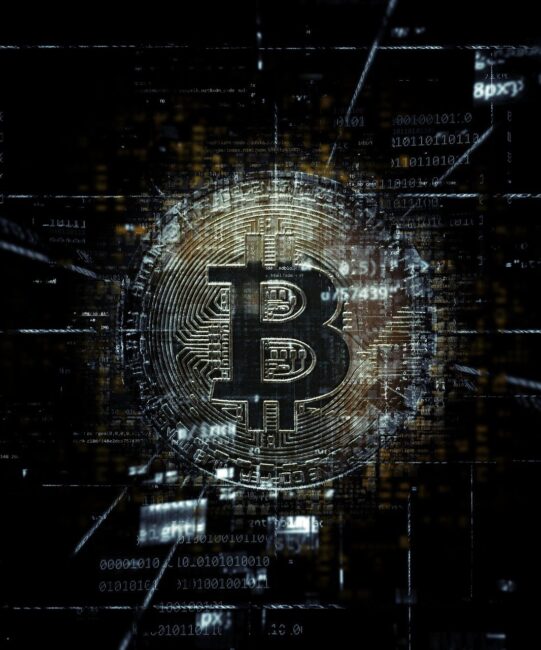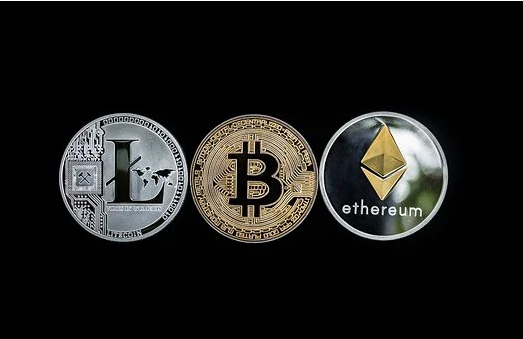Moonbeam’s mantra echoes what many blockchain developers have known for some time: “the future is multi-chain.” With the release of their Serenity update, Ethereum is now well on its way to doing just that. So naturally, this has caused a lot of excitement around the moonbeam project. They are building an elegant decentralized exchange protocol that will sit at the heart of this transition.
Moonbeam tackles the problem of blockchain interoperability by allowing chains to anchor and interact with each other through a decentralized exchange. This means that assets can move quickly between these networks without the need for an intermediary, enabling cross-chain atomic swaps. Moonbeam’s decentralized exchange is built upon the powerful pairing of Schnorr signatures and BLS multi-signatures, which allows for trustless trading across blockchains using smart contract logic such as ERC20 tokens. One of these tokens will be the moonbeam token (MBRS), which you earn for staking your coins towards network security.
How To Use Moonbeam
With so much development on a moonbeam, it’s essential to arm yourself with some knowledge about using this project. The moonbeam protocol helps developers create an interconnected ecosystem with these unique features:
1) A genuinely Decentralized System:
Moonbeam developers are creating additional tools: the moonbeam spends service that allows users to make payments using Ethereum JVM bytecode with a wide range of different ERC20 tokens. In addition, the Moonbeam GLMR staking rewards incentivize network participation by rewarding holders for staking their coins towards network security. They benefit by earning MBRS tokens for this helpful behavior. Finally, with the decentralized moonbeam exchange, you can trade your Ethereum-based assets without having to trust an intermediary to manage custody of your coins on the other end. This makes it possible for anyone to conduct atomic swaps right from their wallets without any special technical knowledge or expertise needed — across blockchains. Moonbeam developers are currently building out these tools, so the community needs to stay informed on how best to use them.
2) Collaboration & interoperability
Moonbeam has been developed to increase collaboration between the cryptocurrency community. Developers are able to create DApps that not only support their own blockchain, but also other blockchains with which they share an inter-operable connection. They share code rather than competing in silos. Moonbeam helps them create prices for tokens across different chains, enabling decentralized exchanges which bring together orders from different blockchains and match them with atomic precision, all the while ensuring that the transactions remain secure.
3) Cross-Chain Interactions
Moonbeam’s D-App Ecosystem allows for cross-chain interactions between different digital assets. This is achieved using moonbeam tokens (MBRS), which are used to pay transaction fees on the network. There are three cross-chain interactions: On-chain, off-chain, and side chain.
On-chain: This allows for interactions to take place securely and directly on a blockchain without involving a third party. For example, one cryptocurrency like bitcoin could be exchanged straight for another, such as ether (ETH).
Off-chain: An interaction that takes place outside of a blockchain, settled by two blockchains instead, e.g., trading BTC for LTC or XRP using atomic swaps.
Sidechains: This is where assets are moved between blockchains, even if they are not the same. It may achieve it with or without the use of intermediary chains.
4) Cross-Chain Trading & Atomic Swaps
Atomic swaps allow for the movement between different blockchains without an intermediary. This allows, for example, one cryptocurrency like bitcoin to be exchanged directly for another such as ether (ETH). Moonbeam makes this process painless by allowing you to conduct atomic swaps right from your wallets with no special technical knowledge or expertise needed. Moonbeam’s decentralized exchange is built upon the powerful pairing of Schnorr signatures and BLS multi-signatures, which provides trustless trading across blockchains. A helpful analogy here would be if Alice wanted to send money straight to Charlie but has no interaction with him directly; she would rely on Bob, an intermediary. Knowing full well that she can trust him – to pass along her money in exchange for that of Charlie’s.
5) For Scalability
Scalability has been a significant problem for blockchains in recent years. Ethereum’s Plasma project has already begun to address this issue, but many acknowledge that there is still more work to do here. Currently, moonbeam uses a system known as “sharding,” which allows the blockchain to process transactions faster based on how users vote at any given time. As long as 51% of tokens are staked towards voting for transactions, this process will remain secure and fast. Moonbeam creates its shard whenever there is an incoming transaction, which means no limit to the number of transactions per second for this platform. In the future, moonbeam will be able to handle as many transactions as Visa does – between 24,000 and 56,000 payments per second.
6) To Provide Privacy
One advantage of implementing a Lightning Network is that users can make instant payments quickly after confirming their transactions at nominal fees. However, this system does come with its own set of risks. The LN is not entirely secure and may result in users losing their funds if they make a mistake or reveal their private keys to the wrong person at any point. Additionally, the Lightning Network requires you to keep your computer on 24/7 to remain connected to the network. Otherwise, it will stop accepting payments. This means that instead of providing privacy protection, the LN has the opposite effect by making transactions traceable. Moonbeam’s sharding technique solves these issues while also minimizing network congestion during peak hours.
The Moonbeam project looks very promising. It’s an efficient, decentralized platform that aims to solve the scalability problem so DApps can have mainstream adoption with their interoperable capabilities working across different blockchains. Anyone looking for access to financial exchange markets will be able to trade tokens of other cryptocurrencies or ERC-20-based assets on decentralized exchanges. The sky is truly the limit with this technology, maybe even further than that, and it seems like it could change how things are done in the blockchain industry.
























